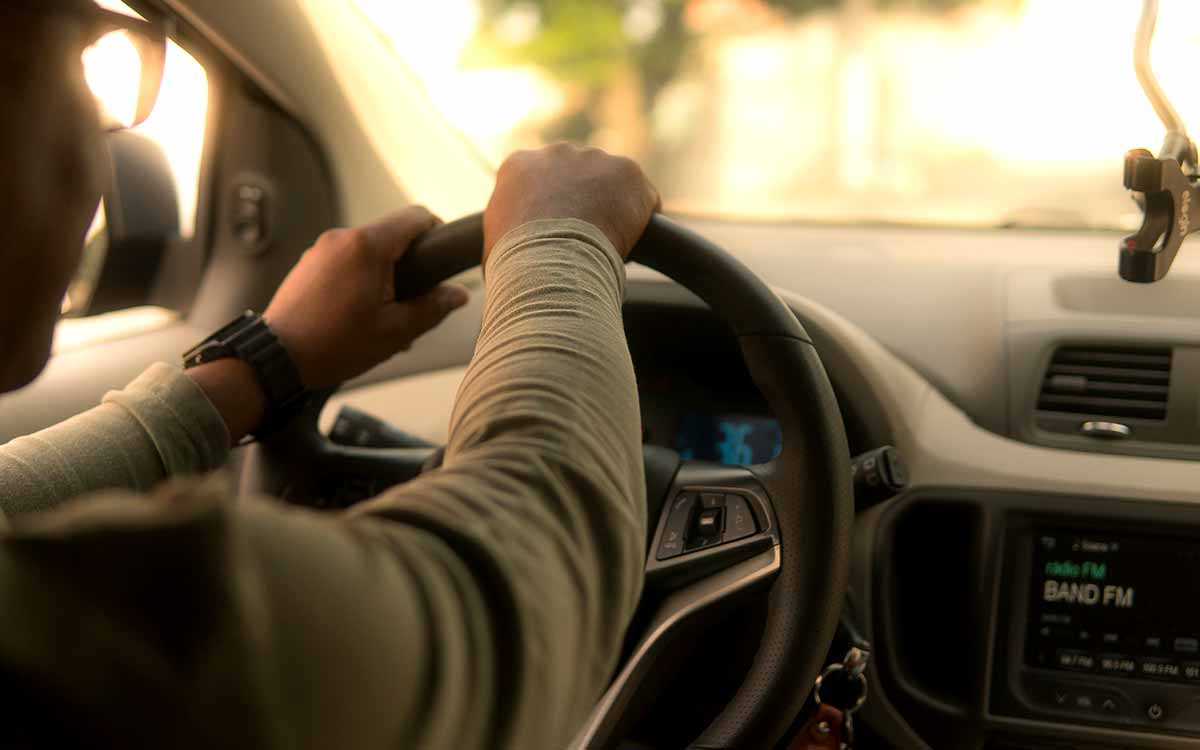Many different factors go into making a car handle well. One of the most important is the steering wheel ratio. This is the number that tells you how much your steering wheel will turn when you turn the car one degree.
Many drivers don’t realize that they can change this ratio, and it can have a big impact on how their car handles. In this article, we will discuss everything you need to know about steering wheel ratios!
What is a steering wheel ratio?
A steering wheel ratio is the number of degrees that your steering wheel will turn when the car turns one degree. This number is usually around 15:1. For example, if you have a 15:1 steering wheel ratio and you turn your steering wheel one degree, the car will turn 15 degrees.
The lower the number, the more sensitive your steering wheel is to inputs. This can be good or bad, depending on your driving style. If you like to make small adjustments when you’re driving, a lower steering wheel ratio will be better for you. If you’re the type of driver who likes to make big sweeping turns, a higher steering wheel ratio will be better for you.
How it affects your driving experience
The steering ratio affects your driving experience in a few different ways.
1. Input required
First, it affects how much input is required to turn the car. A lower steering ratio will require less input from you to turn the car. This can be good or bad, depending on your driving style.
2. Responsiveness
Second, it affects how responsive your car is to inputs. A lower steering ratio will make your car more responsive to inputs. This can be good or bad, depending on your driving style.
3. Feedback
Third, it affects how much feedback you get from the road. A lower steering ratio will give you more feedback from the road. This can be good or bad, depending on your driving style.
Types of Steering ratios
There are 2 types of steering ratios namely, Ackermann steering geometry and parallel steering geometry.
1. Ackermann steering geometry
Ackermann steering geometry is when the wheels turn in such a way that the inside wheel turns more than the outside wheel, and it’s used mostly in front-wheel-drive cars.
2. Parallel steering geometry
Parallel steering geometry is when the wheels turn in such a way that both wheels turn at the same angle, and it’s used mostly in rear-wheel-drive cars.
Which steering ratio should you choose?
The type of steering ratio you should choose depends on your driving style and what you’re looking for in a car.
If you want more responsive handling, go with a lower steering ratio. If you want more feedback from the road, go with a higher steering ratio.
What are the benefits of a lower steering ratio?
- One of the benefits of a lower steering ratio is that it requires less input from you to turn the car. This can be good or bad, depending on your driving style.
- Another benefit of a lower steering ratio is that it makes your car more responsive to inputs. This can be good or bad, depending on your driving style.
- The last benefit of a lower steering ratio is that it gives you more feedback from the road. This can be good or bad, depending on your driving style.
cons of using a low ratio steering
- The first disadvantage of a low steering ratio is that it can make the car feel twitchy.
- The second disadvantage of a low steering ratio is that it can make the car feel less stable at high speeds.
What are the benefits of a higher steering ratio?
- One of the benefits of a higher steering ratio is that it requires more input from you to turn the car. This can be good or bad, depending on your driving style.
- Another benefit of a higher steering ratio is that it makes your car less responsive to inputs.
- The last benefit of a higher steering ratio is that it gives you less feedback from the road.
Cons of using a high ratio steering
Whilst there are several pros of using high ratio steering there are also cons associated with this type of steering.
- One con is that it can make the car feel less stable at high speeds. If you’re looking for a car that feels stable at high speeds, then a lower steering ratio might be better for you.
- Another con of using a high ratio steering is that it can make the car feel less responsive to inputs. If you’re looking for a car that is more responsive to your inputs, then a lower steering ratio might be better for you.
- The last con of using a high ratio steering is that it can give you less feedback from the road. If you’re looking for a car that gives you more feedback from the road, then a lower steering ratio might be better for you.
How to change your steering wheel ratio
There are a few different ways to change your steering wheel ratio.
1. Install a smaller or larger steering wheel
The most common way to change your steering wheel ratio is to install a smaller or larger steering wheel. This will change the amount of input required to turn the car, and it will also change the amount of feedback you get from the road. If you want more responsive handling, go with a lower steering ratio. If you want more feedback from the road, go with a higher steering ratio.
2. Install a different size tire
Another way to change your steering wheel ratio is to install a different size tire. This will change the amount of input required to turn the car, but it will not change the amount of feedback you get from the road.
3. Install a different size wheel
The last way to change your steering wheel ratio is to install a different size wheel. This will change the amount of input required to turn the car, and it will also change the amount of feedback you get from the road. If you want more responsive handling, go with a smaller wheel. If you want more feedback from the road, go with a larger wheel.
Why should you adjust your steering ratio?
- The first reason why you should adjust your steering ratio is if you don’t like the way your car handles. If you think your car is too sensitive or not sensitive enough, changing your steering ratio can help.
- The second reason why you should adjust your steering ratio is if you’re not happy with the amount of feedback you’re getting from the road. If you want more or less feedback, changing your steering ratio can help.
- The third reason why you should adjust your steering ratio is if you want to change the way your car looks. A different steering ratio can make your car look better or worse, depending on what you’re going for.
Which is best for you?
This is a question only you can answer. Try out a few different steering ratios and see how they feel. You may find that one setting is perfect for the highways but not so great on city streets. Or you may find that one setting is perfect for you but not for your passengers. Test it out and find what works best for you.
Conclusion
In conclusion, the steering wheel ratio is a very important number that tells you how much your steering wheel will turn when you turn the car one degree. It can have a big impact on how your car handles. You can change this number to suit your driving style.
Do you have any tips for changing a steering wheel ratio? Send us an email! And if you found this article helpful, be sure to share it with your friends!
Happy driving!


